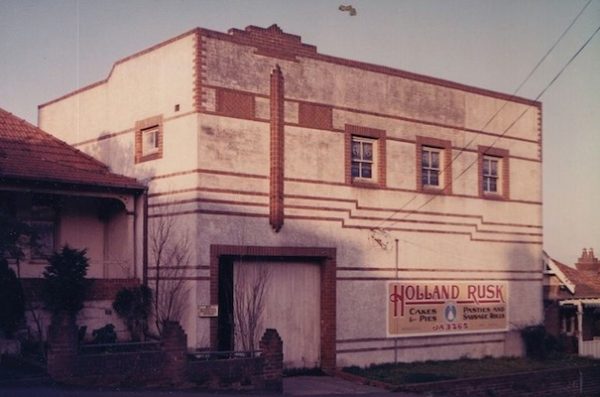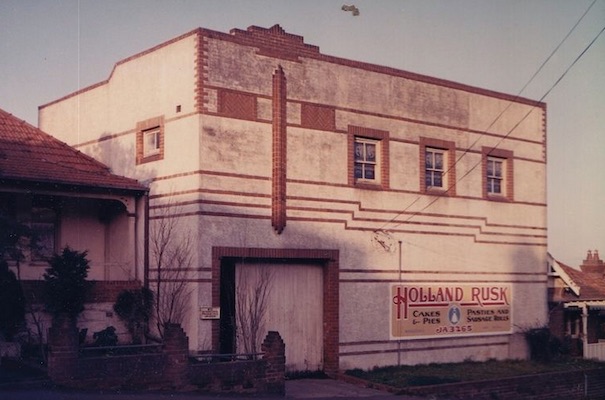Written by Mari Metzke (ASHET Secretary)
The Australian Society for the History of Engineering and Technology (ASHET) first met as a group on 10 April 2003. Our chosen venue was the Auditorium at History House, as many of the founding members were associated with the RAHS. At that time, I worked at the RAHS dealing with all the needs of about 350 Affiliated Societies scattered around NSW.
Initially, I had been approached by retired engineer Ian Arthur, who was at that time an active member of Engineers Australia, for he was concerned that not enough was being done to research and record the changes in technology and engineering in Australia. So, a small group of like-minded people met, and ASHET was formed and registered as an Affiliated Society of the RAHS. As the group of supporters grew, we came up with a plan that we would manage ASHET at the management committee level, and our public face would be talks held at History House.
The RAHS agreed with this plan as ASHET would fill a gap in the RAHS evening talks program by providing well-researched talks given by speakers who were recognised experts in their field. After all, many of these potential speakers were already members of ASHET. Our first evening talk focussed on the legislation and ethics of heritage and was given by Dr Ian Jack. It was a roaring success, and by the end of 2003, ASHET had 65 paid-up members.
Each year until 2018, we had at least ten evening talks at History House. We would meet at 5.30 pm for wine, cheese, biscuits and a meet-and-greet. The talk would begin at 6 pm, and we were usually finished, out of History House and on our way home by 7.30 pm. The formulae worked well and not only did we hear an amazing range of talks, but in the 5.30 pm to 6 pm session, many long-lasting friendships were formed.
Our formulae for the talks program were simple. A variety of topics was essential but at least one talk each year had to focus on railways. As we grew in strength, so did our website, which included researched papers, topics for discussion and news for all our members, some of whom were residents interstate. We were also to have in our membership senior staff of the Powerhouse Museum and various universities who helped us plan interesting talks.
Our members wanted more than talks, so soon we were visiting engineering workplaces around Sydney where we could see new technologies or the last hurrah of old technologies. The interest in these visits caused us to look around NSW to see what other places we could visit. In 2009 we organised a twelve-day bus trip to Broken Hill, Menindee, Mildura and Mungo National Park. In 2011 we went by car to Glen Davis, Rylstone and Kandos and then in August we took a bus study tour to the New England region and Lightning Ridge. Participants were so excited by the ‘make-do’ technology of the opal miners of Lightning Ridge that ASHET resolved to help them upgrade their information panels in their main community museum.
ASHET applied for a Federal Grant and received $20,500 to conduct oral history workshops at Lightning Ridge to train local oral historians and to design and have manufactured quality information panels for the museum. ASHET members also marked the end of the railway service to the original Newcastle Railway Station by catching one of the last services there and spending a weekend in Newcastle exploring the local engineering and technology surprises.
Sometimes an idea for a project can be right under your feet. In this case, our next major project was in fact in the RAHS Archives. Years earlier, the RAHS had taken in part of the Unilever archives and this collection included visual material that supported Unilever’s investigations into the manufacture of margarine at their Sydney factory. Their major potential market would be the makers of meat pies. So, ASHET once again applied for a grant to do the research and create travelling display panels telling the ‘Making Meat Pies in Sydney’ story. We received a grant, and the exhibition was launched at History House with a talk about pies. The new display panels were soon on the move, bringing the pie-making story to many country and interstate libraries.

Holland Pies, 1963 – 111 Hampden Road, Artarmon NSW. D.K. Williamson, ‘Unilever Australia Pty. Ltd. M.P. Project’ (August, 1963)
Finally, in 2022, our remaining committee members resolved that we would call for nominations from our membership to form a new committee. We hoped this might re-vitalise ASHET. We contacted our membership with that motion and, in case that motion failed, a second motion that ASHET would be wound up, and our remaining funds would be transferred to the RAHS Building Fund. As not enough offers came forward to form a new committee, ASHET was wound up. After ASHET’s term deposits finally matured, in June we transferred $19,745.74 into the RAHS Building Fund.
Over the years, ASHET always had a loyal and supportive membership. To be a member of our management committee meant interesting meetings, stimulating conversation and congenial dinners at various members’ homes. For fear of missing someone, I have chosen not to name individual ASHET members, except for Ian Jack and Ian Arthur, who were really the founding fathers of ASHET. The rest of us did what we could, when we could, to make sure that more people learnt about the history of engineering and technology in Australia.


0 Comments